Last-Mile Delivery Logistics Solutions: Why You Should Use Them
Can last-mile delivery logistics solutions really help simplify the notoriously complicated (and pricy) last-mile delivery? In short - they sure can!
Home > Blog > Last Mile Delivery Optimization: Ultimate Guide
Delivery LogisticsWe show you some of the biggest challenges of last-mile delivery and explain how last-mile delivery optimization will enable you to overcome them.
Last-mile delivery is by far the most expensive part of the shipping process, as it accounts for a staggering 53% of total costs.
That’s why last-mile delivery optimization is something you’ll want to pay attention to, as it will help you with:
In this blog, we’ll delve into some of the biggest challenges of last-mile delivery and explain how last-mile delivery optimization will enable you to successfully overcome them.
Simply put, last-mile delivery optimization can give you a hand with all the toughest challenges contemporary delivery services are faced with, and they include the following.
Last-mile delivery is the single most important part of the entire supply chain for one simple reason: that’s when you get the package to the end customer’s doorstep.
That means that last-mile delivery is your time to shine, as it’s the moment when your customers get to experience your services and their quality - or the lack thereof - firsthand.
And given that delivery services of all types, shapes and sizes have boomed in the past few years thanks to the pandemic, companies are constantly racing to offer cheaper, better and faster services.
Simply put - it’s never been tougher to win over new customers and retain existing ones.
Namely, customers nowadays expect ultra-fast delivery, i.e. at least same-day delivery. In fact, 56% of customers think of same-day delivery as a standard that any decent delivery service should provide.
Moreover, as many as 61% of customers want their packages to arrive even faster - within 1-3 hours of their delivery.
And since timing is everything, an increasing number of customers want more flexibility with their delivery’s arrival time. No one wants to sit at home all day waiting for a delivery to arrive, so defining precise time windows rather than just dates is becoming a must-have.
To make matters trickier, most customers are keen on getting free shipping, as 9 out of 10 consumers say free shipping is the top incentive to shop online more.
In contrast, more than 60% say they would be “somewhat likely” to cancel their purchase if no free shipping was provided.
The problem with this kind of shipping policy is that very few businesses can actually afford it. Unless you’re a big shot like Amazon, the truth is you probably won’t be able to offer free shipping for every single delivery.
Finally, customers refuse to put up with lousy delivery experience - including late deliveries, damaged packaging or lost packages, among other things - as 84% of shoppers say that they would not buy from a business again if they had just one bad delivery experience.
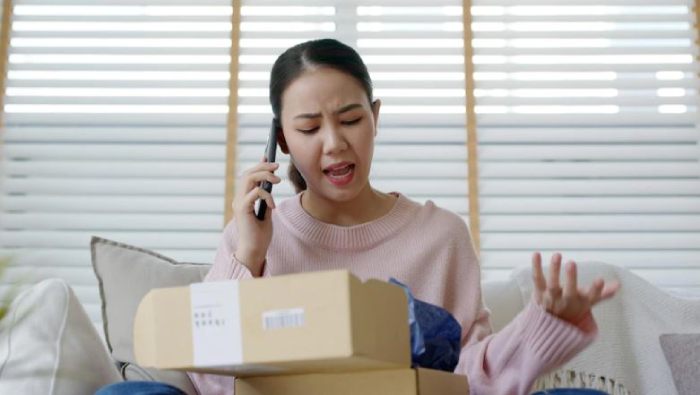
If you don’t find a way to ensure your customers’ satisfaction with your services, the math is simple - they won’t give a second thought before switching to a business that can get them what they’re after.
If you can’t offer free deliveries for every single package - particularly when it comes to orders that are way cheaper than the actual shipping costs - not to worry, as not all is lost.
There are ways to delight your customers other than free delivery, including:
And the best part? Last-mile delivery optimization can help you tick all these boxes, as we’ll elaborate on later.
2022 has introduced another game changer on the table, i.e. fuel prices.
In fact, in June 2022, petrol and diesel prices were regularly hitting daily records.
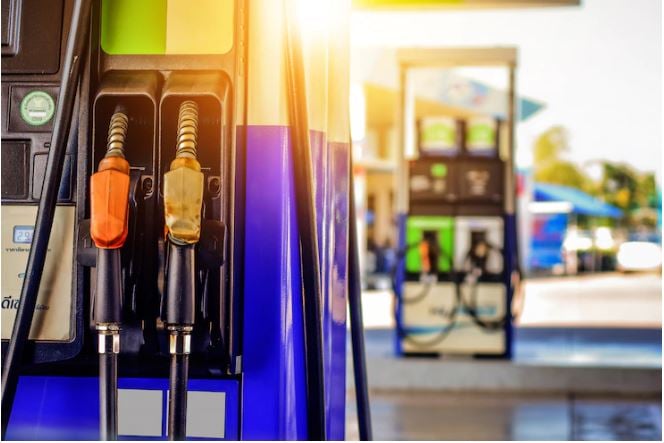
According to RAC’s Fuel Watch:
The problem delivery services are facing doesn’t need much explanation.
The more time your vehicles spend on the road and/or idling, and the bigger your fleet, the more you’ll have to pay.
And when you add failed deliveries to that equation, things begin to look quite grim.
It is pivotal to ensure that the route your vehicles take is optimal - meaning it is the shortest and/or the simplest route in a given situation.
So, careful route planning and optimization are undoubtedly the first steps to success.
In addition, you’ll have to be prepared to tackle any unforeseen circumstances and changes that can - and will - happen on the road. Being flexible and ready to adapt to anything that comes your way is also a can’t-do-without of contemporary last-mile delivery route optimization.
Moreover, preventing failed deliveries from happening, as well as minimising the risk of packages getting lost or overlooked, will also get you a long way in decreasing your total costs.
Ensuring that there’s a backup plan in case of a failed delivery and several methods of collecting proof of delivery will immensely help with this particular issue.
Again, if you send out vehicles that are not loaded to their total capacity or have underskilled drivers tackling the most complicated routes, you’ll find yourself in a pretty pickle before you know it.
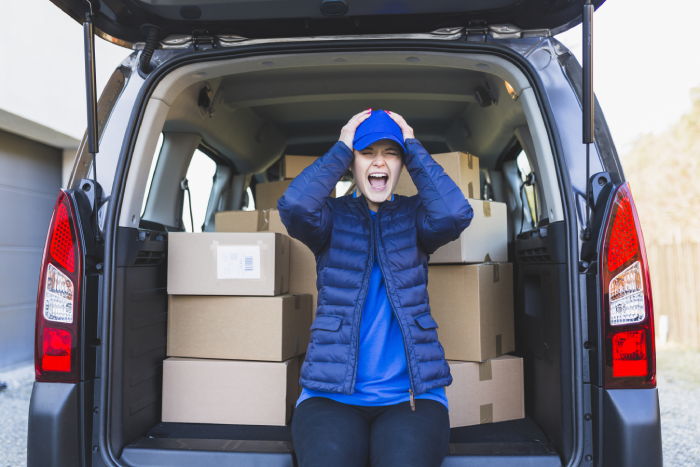
Even worse, if you keep buying or leasing more vehicles as you scale, your costs will just get linearly higher.
That’s why working on achieving the optimal usage of your fleet is another crucial point that enables you to save more money without compromising the quality and efficacy of your services.
Making sure that a certain type of package gets loaded in the right vehicle with all the necessary prerequisites and getting as many packages as possible in one vehicle will infinitely improve your operational efficiency as a whole.
The same goes for arranging that seasoned drivers get the most challenging routes while newbies are matched with the ones that are not as demanding.
Failed and late deliveries are one of the leading reasons for customers to stop using a particular service altogether.
And as 6% of all deliveries fail on the first attempt, and the average cost of a failed delivery to UK businesses is £11.60, there could be lots of unwanted expenses headed your way.
In fact, failed deliveries cost the industry a staggering £1.6bn each year.
Unfortunately, you cannot find a bulletproof way to avoid deliveries from ever failing, but you could take measures to minimise the chance of it.
Some such measures include:
Once you add all these issues, it’s clear why last-mile delivery is so demanding.
And if they pile up, they could cost you your entire business in the long run.
That’s precisely where last-mile delivery optimization steps in to save the day.
Here are some last-mile delivery optimization best practices that will help tackle those problems and more.
Last-mile delivery optimization should always start with the basics - route optimization.
Finding and planning the best route for your deliveries, especially when you have to drop off numerous packages in just one day, is crucial for several reasons:
For route optimization to deliver all those benefits, you should find a proper solution that can give you a hand with that, as manual planning has long since been a thing of the past, especially if you’re managing a larger fleet.
A good route optimization solution should include at least some of the following features:

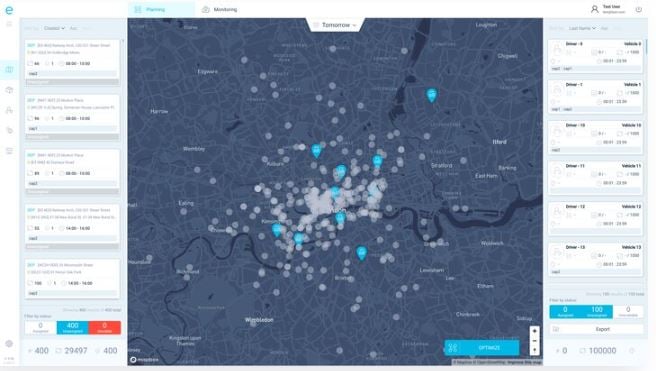
Making your customers happy - and ensuring they stay that way - is essential for building trust and lasting relationships with them.
As we’ve seen, clients won’t be too happy if you make a misstep somewhere along the way, and it won’t take them much to go with another option if you don’t get them what they expect.
Rule number one of good customer experience is: always keep your customers up to date with the current status, location and ETA of their delivery. You can do that in various ways, such as:
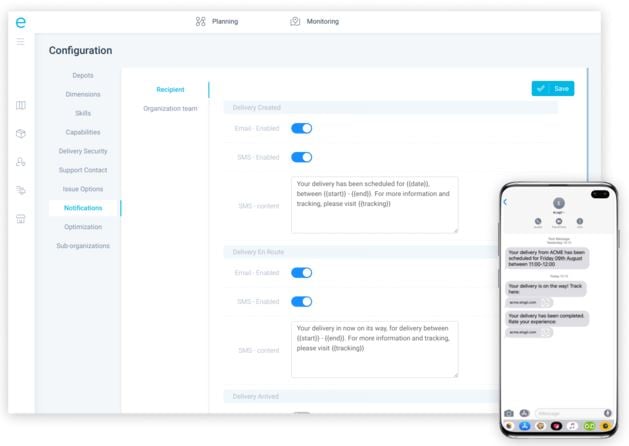
Another key factor of customer satisfaction is enabling seamless proof of delivery (POD) collection that can be easily traced if needed.
The use of technology makes it possible to use several different methods of POD, which are impossible to tamper with as they are often time- and geo-stamped. That also makes it much easier to quickly determine where any package ended up at.
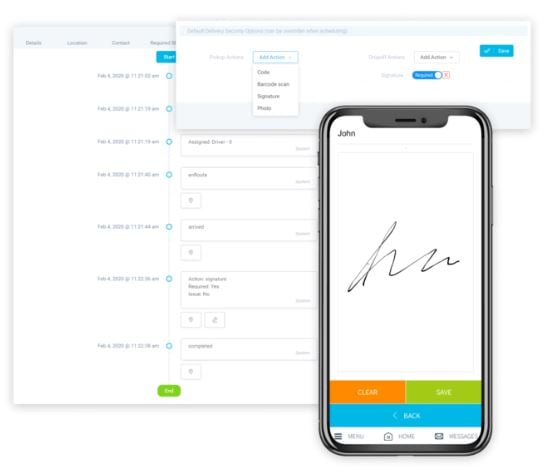
Those methods can include:
Ideally, you’ll find a platform that supports all of the above POD methods, allowing customers to choose one according to their preferences or the one best suited for a given package.
As we’ve mentioned earlier, failed deliveries are a big inconvenience for both the customer and your business.
That’s why it’s always a good idea to think of a way to minimise the damage they cause or, even better, prevent them from happening in the first place.
You could avoid or at least significantly decrease the possibility of deliveries failing by taking some of the following measures:
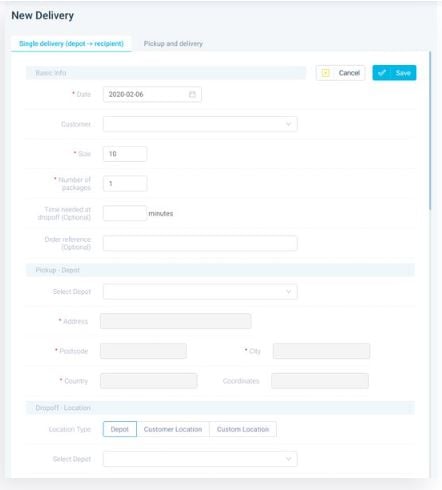
On the other hand, when a delivery fails despite all your efforts, you should have a plan B that will be immediately set in motion.
For example, you could set up a workflow for drivers to follow when a package can’t be delivered that includes actions such as:
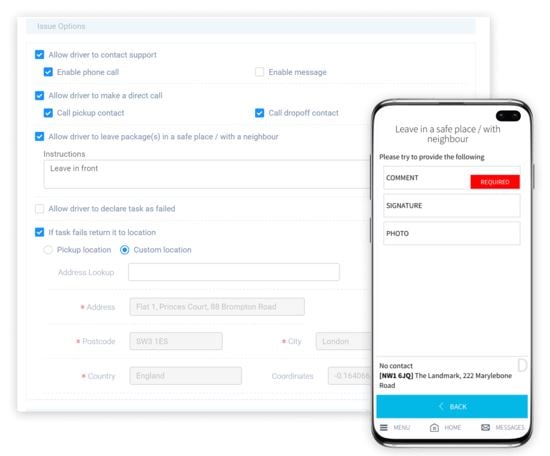
In addition, PODs come in handy here as well, as they’ll make returns handling far more efficient and provide visibility throughout the supply chain, not just the last-mile stage.
Instead of constantly buying or leasing new vehicles or hiring new drivers, you should first make sure you’re using the fleet you already have at its full capacity.
You could enhance your fleet usage by:
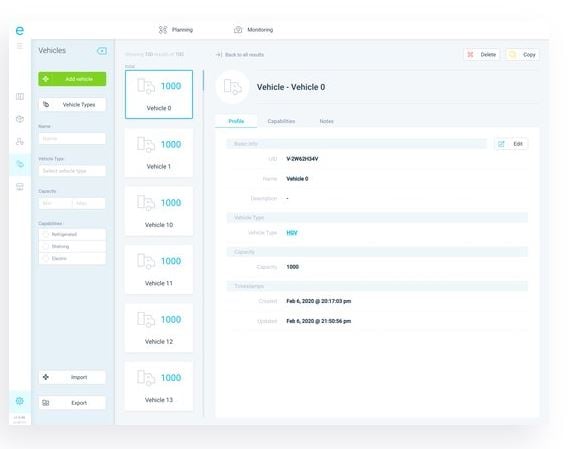
Finding a platform that allows easy customisation, optimization, and setting up all these operational parameters will save you much time, as you won’t have to do it manually every time.
Last-mile delivery shouldn’t be observed separately from other parts of the delivery process, given that it’s simply the final stage of the entire logistics process.
As such, it should be well connected with other supply chain segments to achieve truly optimal overall performance.
So, finding a solution with a well-designed API can help you both integrate last-mile delivery optimization with other parts of the process and save you vast amounts of developer time in getting your tech stack to work efficiently.
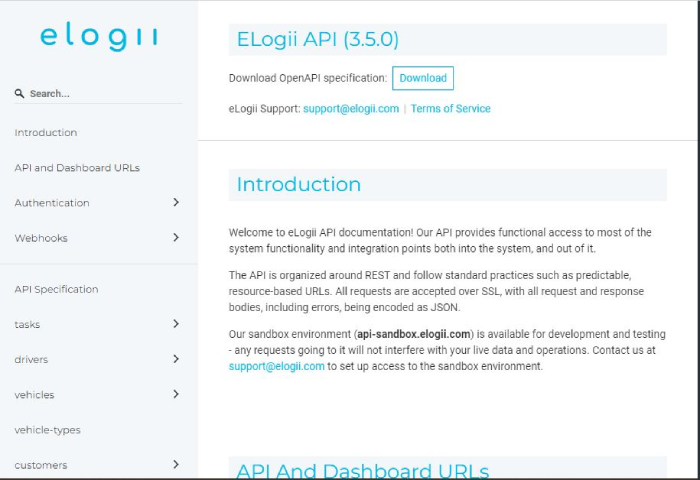
A good API and webhooks mean you’ll easily integrate it with all the other tools and technology you use to manage other supply chain operations like order processing, inventory, etc.
None of these practices would be viable - or would at least be extremely difficult to apply - without the help of cutting-edge technology.
That means that you shouldn’t shy away from using it, as technology can genuinely be your best friend when it comes to last-mile delivery optimization.
Using an adequate last-mile delivery optimization platform can help you overcome all the challenges last-mile delivery is facing today and can do it:
Keep in mind, though, that not all solutions are equal regarding quality, functionality and the potential to make your business - and consequently your life - easier.
So make sure that the solution you go for has features that will enable you to apply last-mile delivery optimization best practices effortlessly.
As we’ve seen, the best way to take care of all the trials and tribulations of last-mile delivery is to find a proper last-mile delivery optimization solution.
After all, there’s nothing more adept at tackling complex logistics operations than cutting-edge technology, so why not make the most of it?
However, when choosing a last-mile delivery optimization solution for your business, bear in mind that it should include features that will enable you to cut costs and establish and secure brand loyalty in the long run.
eLogii is precisely one such solution, as it encompasses various routing, customer satisfaction and fleet management options.
In addition to providing a state-of-the-art route planning and optimization algorithm, eLogii enables you to:
And why take just our word for it when you can do something better like…
Can last-mile delivery logistics solutions really help simplify the notoriously complicated (and pricy) last-mile delivery? In short - they sure can!
Looking to save money on delivery? And win over more customers? Here's how you can do it with last-mile route delivery optimization and eLogii.
Looking to scale your delivery operations? Here are seven proven solutions for last-mile delivery that are guaranteed to help scale your operation.
Be the first to know when new articles are released. eLogii has a market-leading blog and resources centre designed specifically to help business across countless distribution and field-services sub sectors worldwide to succeed with actionable content and tips.
